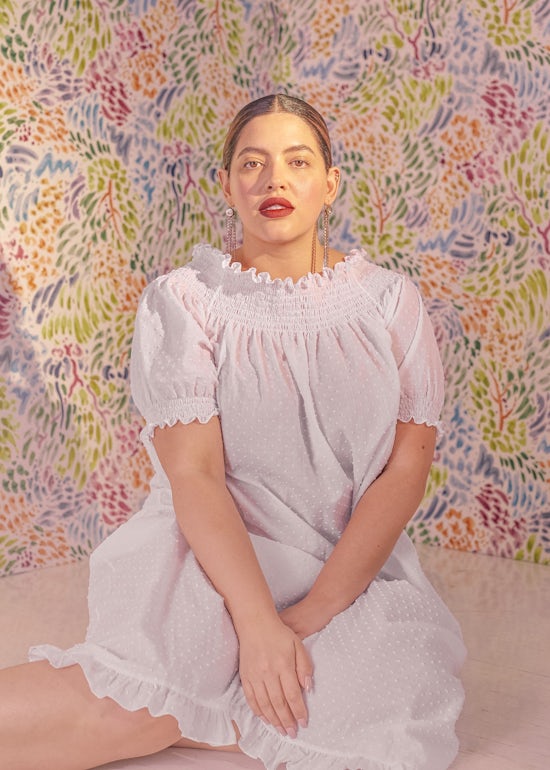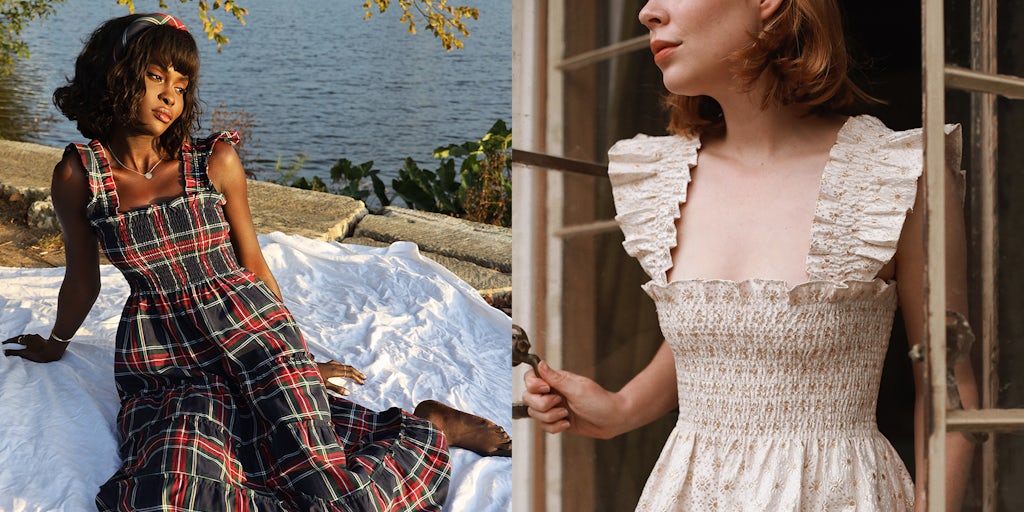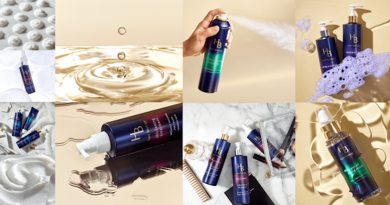How the ‘Nap Dress’ Went Viral | Intelligence, BoF Professional
NEW YORK, United States — For most brands, 2020 has been a scramble to branch into “pandemic-proof” categories like sweatsuits. But lifestyle brand Hill House Home can’t make dresses fast enough.
The company’s “nap” dress — a cross between a nightgown and a frock, comfortable enough to sleep in, but dressy enough for running errands — has become a pandemic sensation. Thousands of shoppers logged on last Wednesday at midday to snap up its latest drop, which reimagined signature silhouettes in tartan and brocade fabrics ahead of the holidays. Within five minutes, the brand sold $500,000 of inventory. Before half past, sales hit the $1 million mark.
The product’s runaway success reflects the strange market dynamics of the day. Hill House Home had built a solid business selling high-end bedding and towels before branching into leisure apparel last year. The nap dress was an instant hit, but the pandemic supercharged its appeal, turning it from a bestseller into a blockbuster. By the end of the year, it will account for 50 percent of Hill House Home’s business. Runaway sales are expected to drive a revenue increase of 300 percent this year.
Its stellar success is a combination of luck and savvy. On the luck side, the nap dress was almost perfectly designed for the pandemic. It comes in a range of comfort-driven, billowy styles, like the best-selling Ellie, which features elasticated smocking, a flattering square neckline and floaty, tiered skirt. With most options ranging between $75 and $150, it’s also priced for the pandemic: accessible enough to buy into, yet premium enough to feel like a treat. For many Americans flitting between house-bound quarantines, work-related zoom calls and socially distanced outdoor activities, the cotton prairie styles were a sound investment.
“Consumers really want things that are comfortable, but also versatile,” said Alexis DeSalva Kahler, a senior research analyst at Mintel. “The nap dress in particular has that aspect of comfort in function. And also, it’s cute.”
The nap dress in particular has that aspect of comfort in function. And also, it’s cute.
To be sure, Hill House Home isn’t the only brand to pile into the explosion of the “cottagecore” aesthetic, which boomed over lockdown. Retailers like Asos, Saks and Revolve have bet big on the “house dress” phenomenon. Products in the market have increased 14 percent year-on-year, according to retail analytics firm Trendalytics. But the brand has successfully carved out a leading niche within this booming market. Consumer searches for the term “nap dress” — a term trademarked by Hill House Home — averaged 4,400 a week between July and September, a 423 percent increase from last year, according to Trendalytics.
From a business standpoint, Hill House Home was well-placed to capitalise on the spike in interest. Founder Nell Diamond took a conservative approach to grow the brand she launched in 2016 and hit profitability in 2018. She avoided wholesale partnerships in favour of digital direct-to-consumer channels, keeping prices accessible and product quality high. The choice also meant the brand has been relatively unscathed by the pandemic retail meltdown.

Denise Bidot in The Caroline nap dress | Source: Courtesy
And, like the nap dresses’ design, its marketing strategy seemed made for the pandemic. The company’s measured growth strategy favoured building an organic community over paid advertising, which meant it was still able to connect with consumers when the pandemic hit.
With shoppers spending more time at home, and on social media, the opportunities to discover the brand skyrocketed. Social media buzz around Hill House Home’s nap dress between July and September was up 780 percent year on year, according to Trendalytics data.
Mintel’s DeSalva Kahler notes the brand’s savvy social media presence, buoyed by founder Nell Diamond, who recently gave birth to twins and documented her birth journey for her 46,000 followers — more often than not, wearing her own nap dress.
“It’s a marketing plan without being a marketing plan, showing: I’m wearing these clothes, I’m comfortable and nursing twins at home,” said DeSalva Kahler. “Something we see more and more is that consumers really want to connect to the brand, not just the product. I would believe that is also benefiting the popularity of Hill House right now.”
Today the brand does do some paid marketing, and its products are shoppable on Instagram. Yet word of mouth between friends remains a powerful acquisition tool, said Diamond.
“When I think about the kind of virality of the nap dress, it’s a virality that is happening on group texts of like six or seven girlfriends who went to university together or middle school together or work together: that’s where the magic is happening,” she said. “It’s not necessarily in these paid ads.”
It’s a rare and covetable attribute for a direct-to-consumer brand, said Meghan Cross Breeden, partner at Amplifyher Ventures, which invested in the brand’s seed round last year. For many direct-to-consumer brands, Cross Breeden sees 40 cents for every VC dollar raised go straight to Facebook and Google advertising.
“Hill House Home is very different, because [it] has been able to generate this flywheel effect of community and engagement,” she said. “I think you really see that in the effect of the nap dress.”
Hill House Home has been able to generate this flywheel effect of community and engagement. You really see that in the effect of the nap dress.
That’s translated into another highly valuable attribute: nap dress customers are loyal and tend to come back for more. The average nap dress customer owns about three different versions of the frock, according to the brand. Tara Gill, a 40-year-old artist, estimates she owns 17 nap dresses, all varying in colours and prints.
“There’s this running joke amongst my friends that I have a nap dress obsession,” she said. “I love the concept of how it is essentially a nightgown, but it’s chic enough to wear out.”
Since the pandemic took hold, “I have been living in them,” she said. “I basically wear the same thing every day. It’s just a different fabric nap dress.”
But with virality and surging sales comes the risk of oversaturation and waning consumer interest. When lightning strikes, sustaining high levels of demand among fans in a world fuelled by social media, newness and the attendant short attention spans has become harder than ever, whether there’s a pandemic or not. Diamond, however, isn’t hung up on the issue.
“I would be more worried about it if the product felt like a random hit, or if it felt like it was just because of its name…or because of quarantine,” she said. “This is a product that I personally live and breathe and wear every single day. I don’t sit around worrying what our next 10 [hits] are going to be, because I think it’s a product that has real longevity.”
Related Articles:
Hill House Home Ramps Up With Fashion and Baby Push
Why Luxury Retailers Are Making a Play for Housewares



